
3D Site Plans – Complete Rendering Guide
Before a single foundation is poured or a wall takes shape, every construction project begins with one thing – a plan. But while traditional blueprints show dimensions, 3D site plans
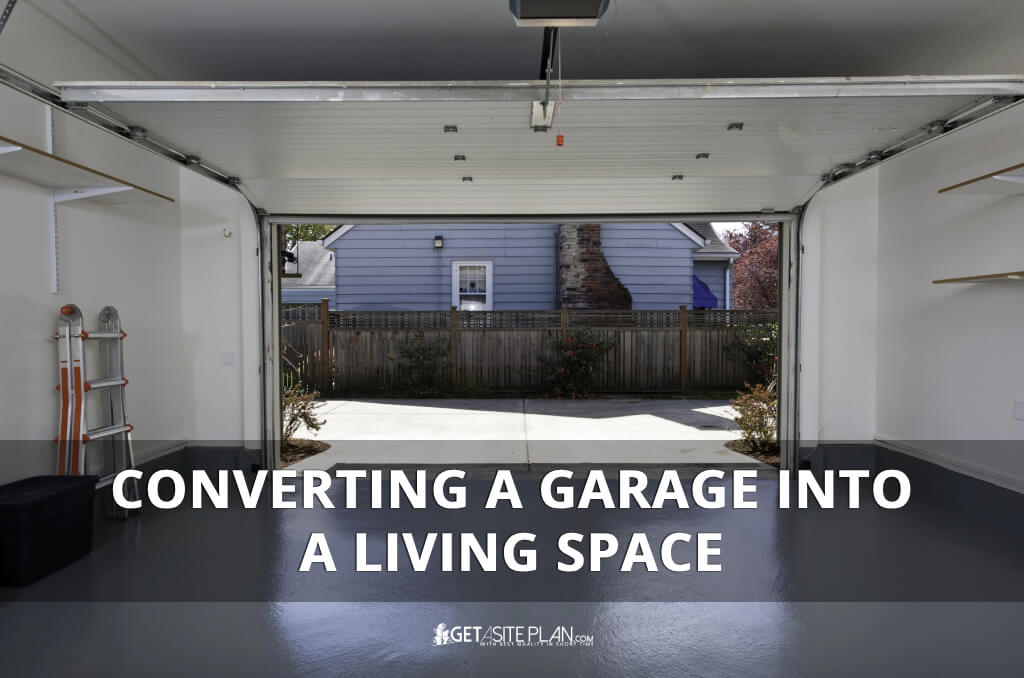

Contributing Writer | Architecture & Design Writer
Imagine transforming your neglected garage space into a cozy and livable area that adds style and functionality to your home. A garage is often used for storing tools and other things that we don’t use that much, and it has a potential waiting to be unlocked. Converting a garage into a living space adds value to the property and creates an area designed for your specific needs.
Whether you’re dreaming of a small bedroom, office, or studio, stay with us as we’ll discover how to convert your garage into a usable space and show you great options for conversion. Let’s unlock the hidden potential your garage has.
Table of Contents
Toggle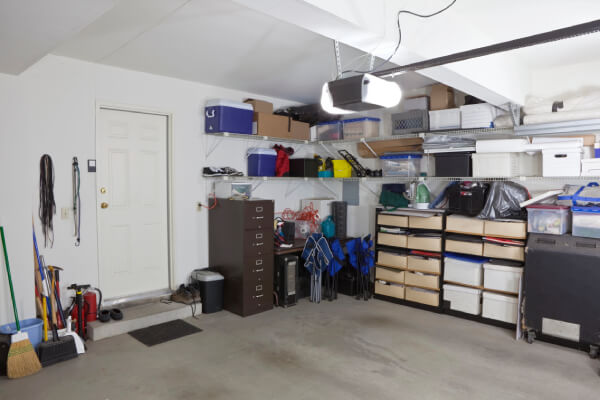
Turning a garage into a living space is an exciting process that requires a lot of work. It’s a great and one of the less expensive ways to add extra space to your home. Because of the existing outer structure, garage conversion needs walls, flooring, and design elements.
Let’s check out the process of garage conversion step by step:
Each zone and district has its specific requirements so it’s crucial to research their regulations and rules. Before starting a garage conversion you need to know what is allowed within your zone. By researching the zone, you make sure that your garage conversion project complies with local laws and regulations.
To start a project, you need to have a budget. Be realistic and knowledgeable about the costs as the garage conversion on average costs between $25,000 and $55,000. Of course, the price can vary and it depends on a lot of different factors such as the complexity of the project, size, design, and your wishes.
Any type of construction and renovation requires a building permit. A building permit ensures that the project is running smoothly and according to local building codes and regulations. Building without a permit can cause legal issues, so obtaining it is one of the most important steps of the process.
Building permit cost ranges between $140 and $3,000. Obtaining a building permit for a garage provides safety and legal compliance throughout the whole renovation process.
Before starting the garage conversion, you will need to clean the garage space and remove all items from it.
When you’re planning the layout and the design of your new space, it’s crucial to get a site plan. A site plan will show the layout of the property with existing structures, setbacks, utilities, property lines, etc. Having a site plan allows you to visualize how will the new space look within the existing one. With a site plan, you ensure functionality and compliance with setback requirements.
If you want your garage conversion to be long-lasting and energy-efficient, you will need to do the wall insulation and weatherproofing. Garage walls are usually not insulated so it’s important to remove the drywall if it exists, and install insulation.
Insulation helps in regulating the temperature, keeping the space colder during summer and warmer during winter. Weatherproofing goes hand in hand with insulation and it’s a crucial step as it prevents moisture intrusion, and offers protection against mold, mildew, and structural damage.
Proper electrical and plumbing work will ensure that your garage conversion runs smoothly. They both need to be professionally installed to comply with local building codes and regulations.
A garage conversion is a great opportunity to expand the home’s comfort and make the space more functional. The key to a successful project is in planning and understanding all the aspects that influence the process.
Now that we’ve seen the steps for garage conversion, let’s talk about converting a garage into different types of rooms.
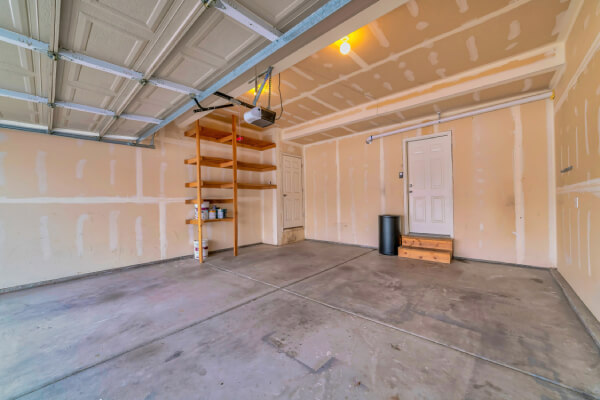
Garage conversion offers numerous different options for transforming nonusable space to more functional living areas. Let’s explore some of the most common garage conversion ideas.
Converting a garage into a room offers a lot of options, as the new space can be used as a playroom, home office, gym, studio, or a room that fits your specific needs. An excellent way to determine the final look of your space is by using a floor plan.
This type of conversion creates a comfortable sleeping space that is very private and can be ideal for guests. It requires soundproofing and wall insulation, as well as new window installation, and private access to a bathroom.
This type of conversion is very complex as it needs a complete renovation. It is a great conversion idea for anyone who wants to create an independent living area within the property. Converting a garage into a house requires a kitchen, bedroom, bathroom, and living room addition. Be careful as this project needs adequate plumbing, electrical, and HVAC systems.
Converting a garage into a living room is great for creating additional space for relaxation and entertainment. It requires insulation, lighting, and flooring.
Converting a garage into a family room has the focus on creating a space for storage for different toys, games, and family activities.
For this type of conversion, you will need plumbing and electrical work, insulation and maybe gas lines for the kitchen and bathroom. The HVAC system is very important for comfort during all year. Converting a detached garage offers a separate and more private living area that is great for guests or as a rental unit.
Similar to a detached garage, an attached one also requires insulation and an HVAC system. It also needs integration with the already existing structure, and replacement or removal of the garage door.
Converting this type of garage offers a more spacious area that can fit multiple rooms. This type of conversion maximizes the space and adds a lot more to the overall value of the property.
After seeing the different conversion ideas, let’s address the two types of garage conversions, enclosing a garage and partial conversion.
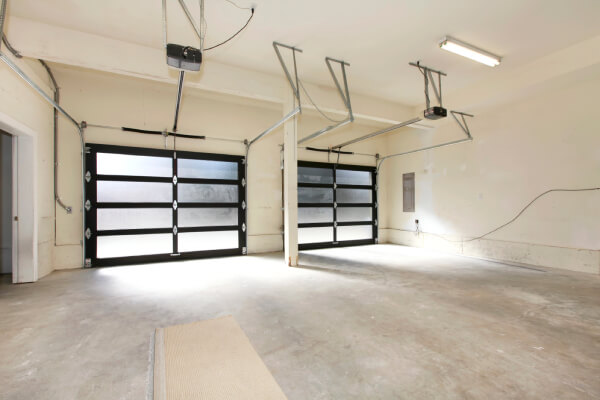
Enclosing a garage is a type of garage conversion that requires a complete conversion of the existing garage space to make it into a livable one. This process involves adding walls, windows, flooring, and insulation.
If you choose to enclose a garage, you need to be aware that you’re gonna lose storage and parking space. Enclosing a garage involves a lot of planning, and whether it’s a good or bad decision, depends on your specific needs.
Let’s find out more about partial garage conversion and whether it’s a better option than completely enclosing the garage.
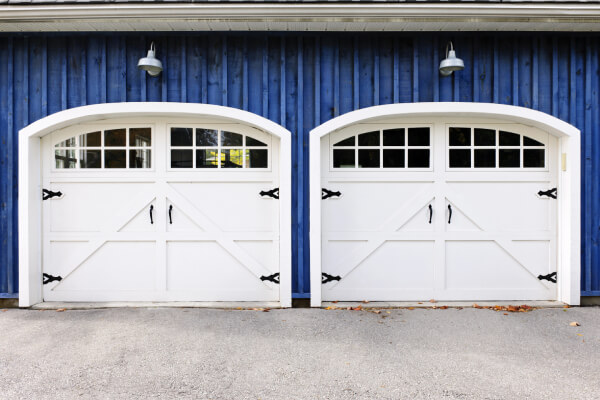
A partial garage conversion is very common. It’s a great option if you want to retain some of the garage’s original functions, such as parking or storage while getting the other part of the garage turned into a new livable space.
Partial conversion requires the addition of insulation, lighting, flooring, and HVAC systems. Just like a full garage conversion, the new space can serve as a gym, playroom, guest room, or home office. Partial garage conversion costs range between $5,800 and $9,000.
This type of conversion is a cost-effective way to maximize the usable space of a home and boost the property’s value.
Now that we’ve understood what is a partial garage conversion, let’s see some tips for the cheapest way to transform a garage into an additional living area.
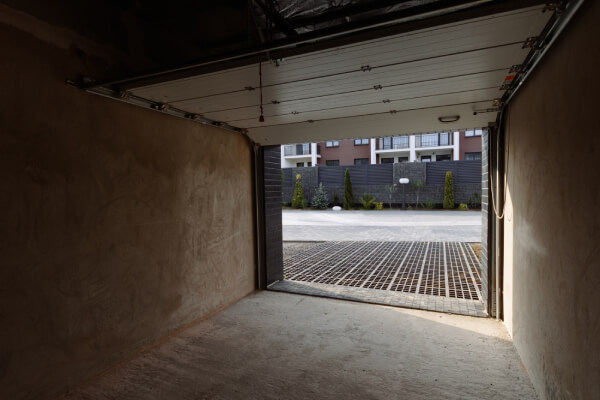
Garage conversion requires careful budget planning, so here are some cost-effective tips and strategies to think of during the conversion process:
The final cost of this home addition is influenced by the complexity of the project. The average price for a conversion ranges between $25,000 to $55,000 for the whole project. You can find more details in our article on Garage extension costs.
Now let’s see whether it’s better to DIY all of the process or hire a pro.

One of the famous questions when it comes to any type of home renovation or home addition is whether to DIY the project or hire a professional.
Garage conversion can be a challenging process so it’s always more advisable to hire a pro to do it. Although DIY is more cost-saving, you need to be highly experienced so you can run a project like this. Hiring a pro ensures expertise, efficiency, and compliance with local building codes and zoning regulations.
A professional will know how to handle all unforeseen problems and provide a safe transformation.
After realizing that it’s better to hire a professional to do our garage conversion, let’s address some of the most asked questions regarding this topic.
Yes, converting a garage into a livable space can increase the value of the home as it adds a more functional living area and makes the home more appealing to potential buyers. The average ROI is around 60-70%.
Garage floor conversion requires transforming the existing floor to meet all the requirements of the space. It includes adding insulation, installing new floor materials, and leveling.
Yes, you always need to respect local building codes and regulations and obtain all the necessary permits that will ensure compliance with safety standards, and zoning laws.
Before starting the garage conversion process, to legally convert it, you need to research zoning laws, obtain all the necessary permits, get a site plan, and ensure compliance with local regulations.
Garage conversion is a great home improvement as it increases the value of your property and adds more usable living space. With careful planning and design, a garage that was once used for storage, can become a functional place in your home. It’s a cost-effective expansion compared to building a garage from scratch. Additional space attracts potential buyers so with this conversion, your property will be more appealing in the real estate market. It’s a wise investment that makes better use of existing space.
To secure a smooth conversion process, don’t forget to get site plans for permits. These plans ensure that you’re following local codes and regulations, and have a successful project.
Our company specializes in creating a detailed site plan, ensuring your garage conversion meets all the requirements. For any additional information, feel free to contact us. With our knowledgeable team, we will handle all the complexities of the permitting process and help you get the garage conversion of your dreams.
Learn more about our contributor:

Contributing Writer | Architecture & Design Writer
During my career, I’ve written articles on interior design, home remodeling, and renovation with an emphasis on money-saving tips and DIY ideas. It’s been a rewarding journey and I am thrilled to continue helping others bring their architectural visions to life.

Before a single foundation is poured or a wall takes shape, every construction project begins with one thing – a plan. But while traditional blueprints show dimensions, 3D site plans

Many homeowners start landscaping projects without realizing some require permits. A landscape permit helps ensure compliance with local codes, protects the environment, and prevents drainage or structural problems. Whether you
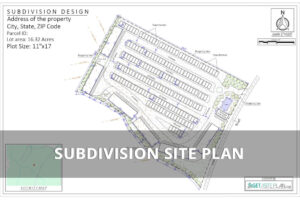
Picture standing over a blueprint that shows the future of your land – where roads will curve, how each lot will breathe, where every pipe, fence, and tree will fit.